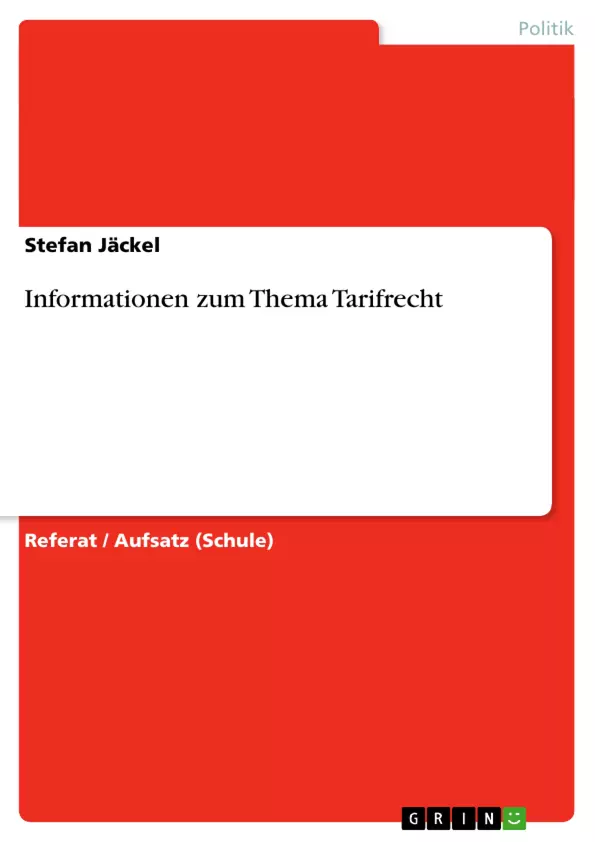· 27
Frequently asked questions
What is this HTML code about?
This HTML code appears to be a language preview document. It likely contains elements such as a title, table of contents, learning objectives, key themes, chapter summaries, and a list of keywords.
What kind of information is likely included in this document?
Based on the description, the document likely includes:
- A title for the work.
- A table of contents outlining the structure of the document.
- Learning objectives that specify what the reader should be able to understand or do after studying the material.
- Key themes or main ideas explored in the document.
- Summaries of individual chapters or sections.
- A list of keywords related to the subject matter.
What is the purpose of the "language preview"?
A language preview usually provides a quick overview or sample of the material to help potential readers understand the content, structure, and key concepts covered in the full document. It's intended to give a general idea of what to expect.
What does the provided HTML code contain?
The given HTML code contains many centered paragraph elements (<p align="center"/>) interspersed with horizontal rules (<hr/>). It also contains "<p align="right">· 27</p>". These likely represent placeholders or visual separators within the document, but without the actual text content, it's difficult to ascertain their specific meaning.
Why are there so many empty paragraph tags?
The empty paragraph tags (<p align="center"/><p>) likely represent blank lines or spaces intended to visually separate different sections or elements within the document. The alignment attribute might suggest they were intended to center text content that is now missing.
What is the significance of "· 27" at the bottom?
"· 27" could indicate a page number or some other form of reference within the document. Without further context, it's impossible to determine its exact meaning.
Who is this document intended for?
The OCR data used in the text is intended solely for academic use, analyzing themes in a structured and professional manner. The end users are therefore likely to be researchers, students, or academics.
- Quote paper
- Stefan Jäckel (Author), 2001, Informationen zum Thema Tarifrecht, Munich, GRIN Verlag, https://www.grin.com/document/100547



